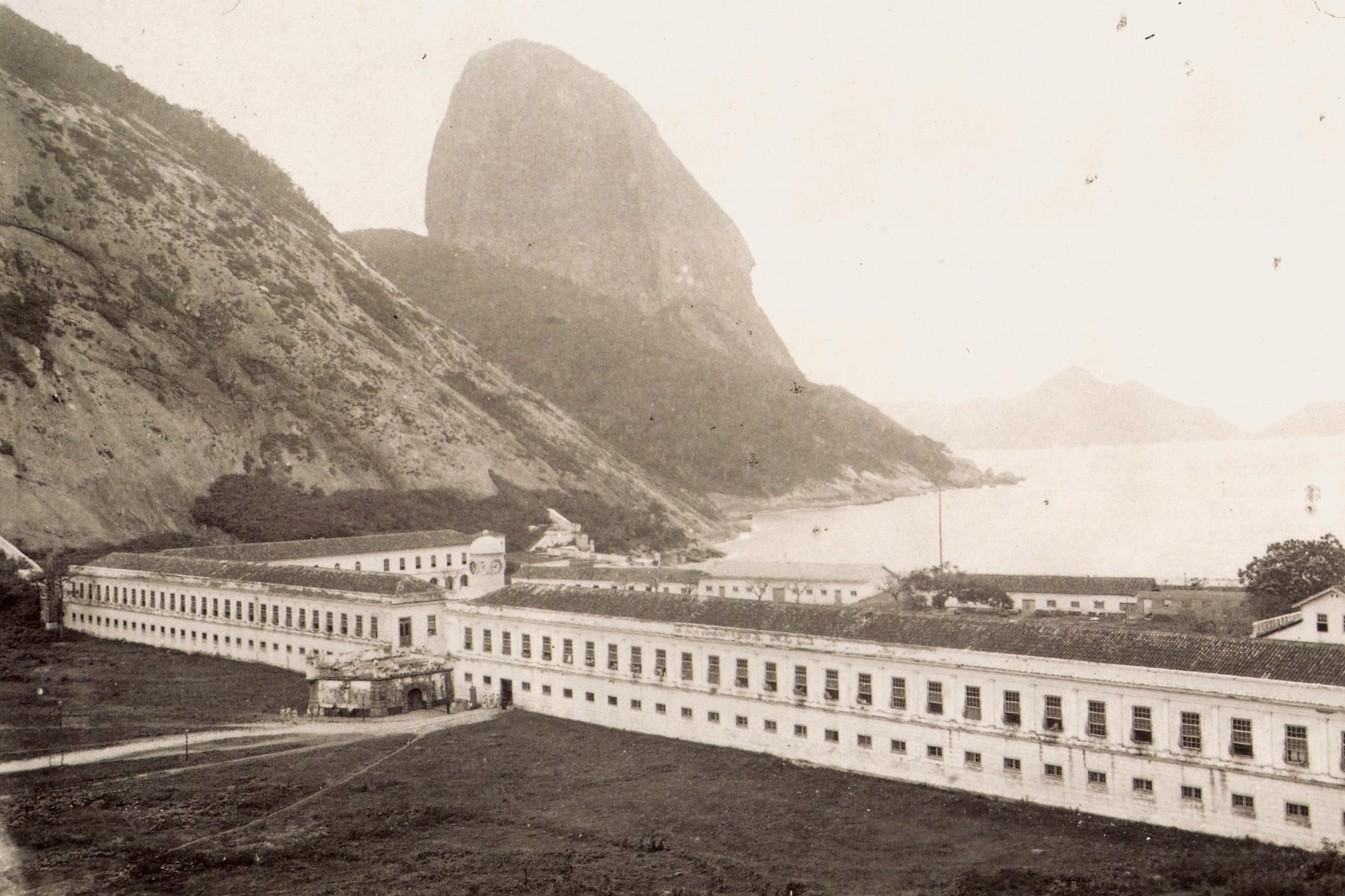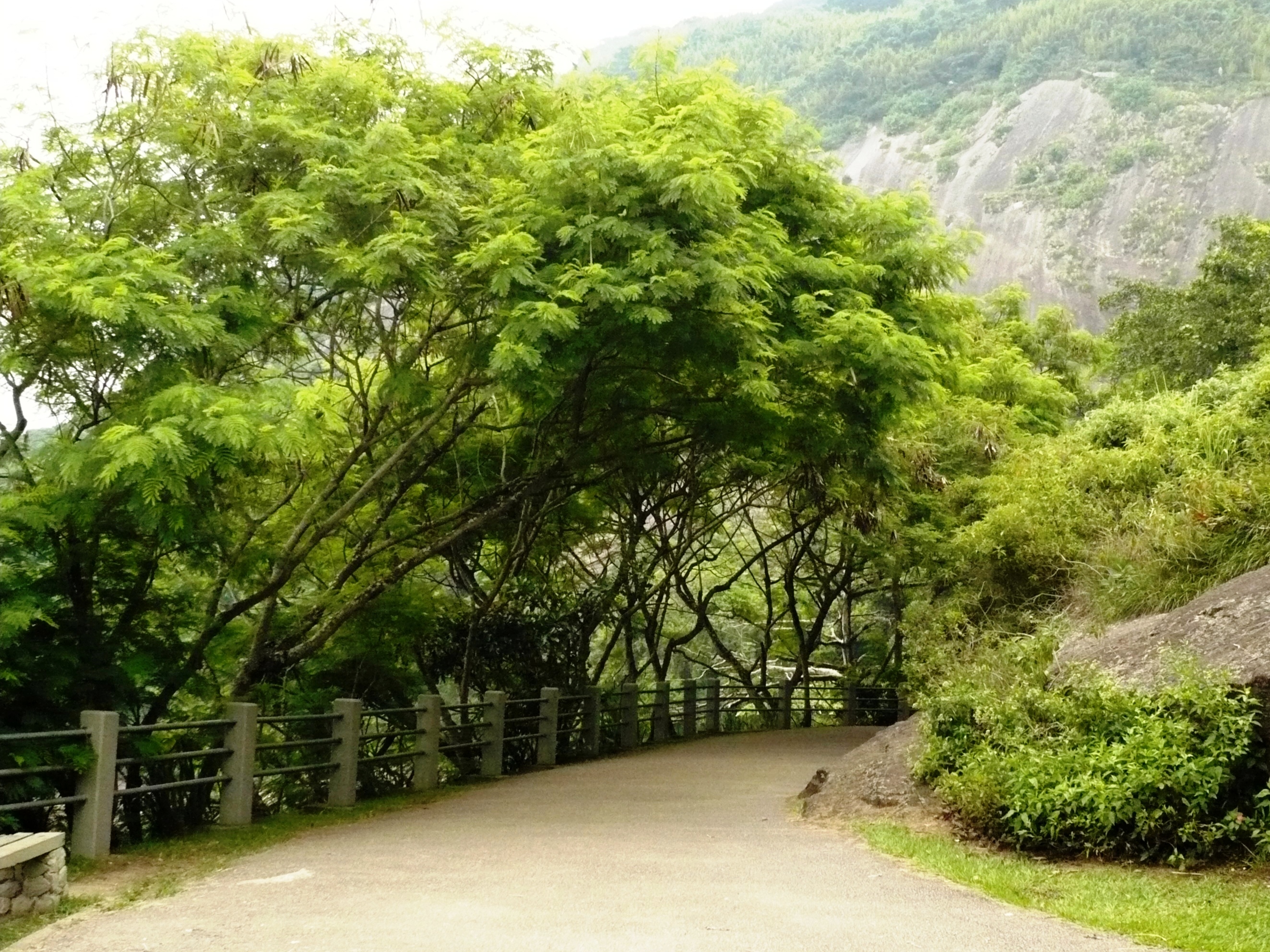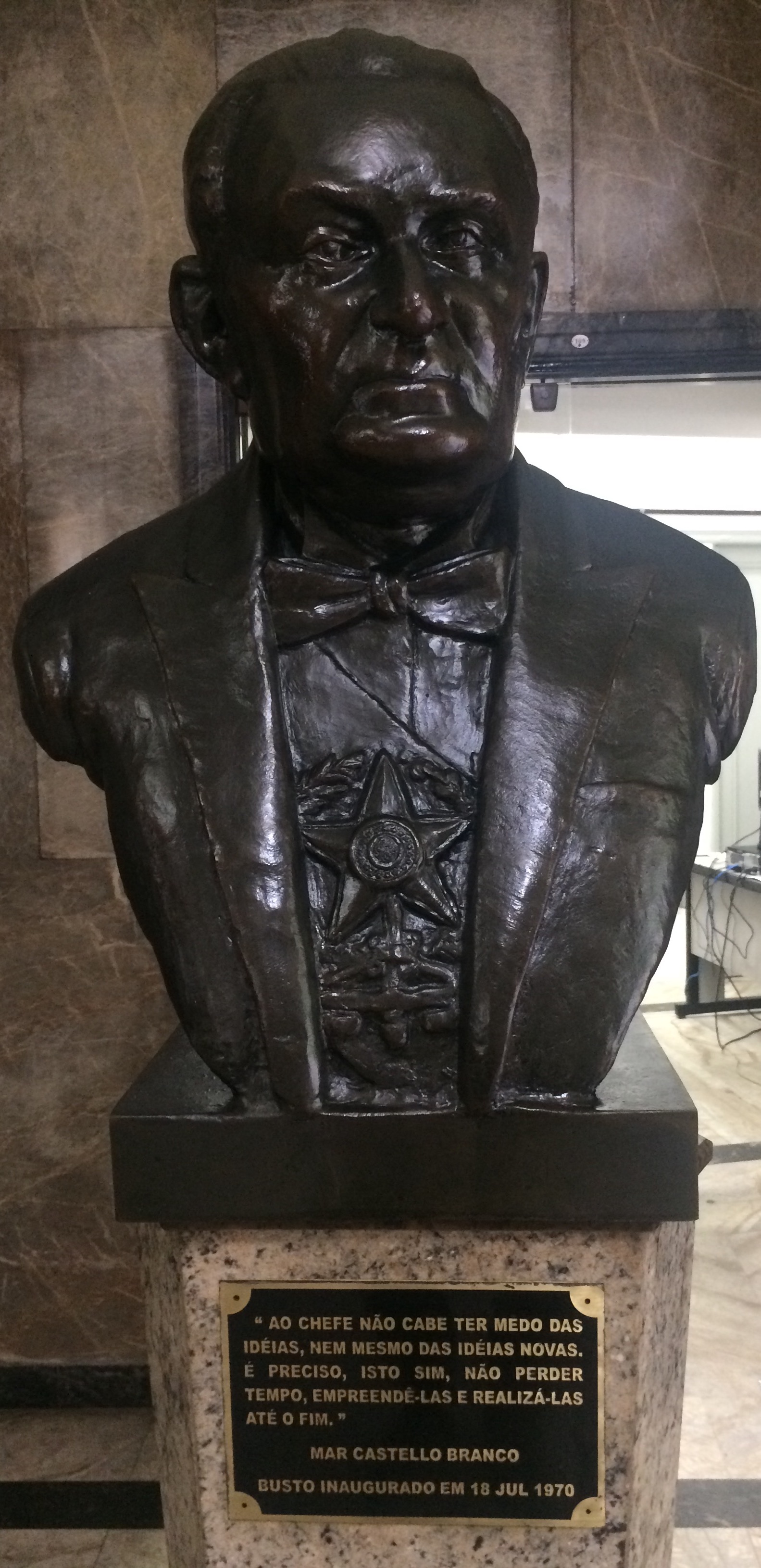|
Urca
Urca is a residential neighborhood in Rio de Janeiro, Brazil, with a population of nearly 7,000. Although most of the neighborhood dates from the 1920s, parts of it are much older. What is now called the Fortaleza de São João (Rio de Janeiro), Forte São João, a military base at the foot of the Sugarloaf Mountain (Brazil), Sugarloaf Mountain, is where the first Portuguese people, Portuguese settlement in Rio was founded by Estácio de Sá on March 1, 1565. The French had arrived 12 years earlier and founded a settlement, called France Antarctique, close to what is now Flamengo and Gloria districts, in downtown Rio. The French, riven by internal disputes between Catholics and Protestants, were massacred by the Portuguese and their Indian allies in attacks organised from here, expelling them from the nearby Villegagnon Island (named after the French commander Nicolas Durand de Villegaignon). The street now called Rua São Sebastião, in Urca, which leads from behind the fort to the ... [...More Info...] [...Related Items...] OR: [Wikipedia] [Google] [Baidu] |
Urca Casino
The Urca Casino was an internationally renowned Brazilian casino located in Urca, a neighborhood of Rio de Janeiro. It operated from 1933 to 1946, when gambling was banned. History The building was built in 1922, initially housing the Balneário Hotel. It became a casino in 1933 and went through a period of adaptations and low attendance until businessman Joaquim Rolla won some of its shares in a card game. From then on, the Urca Casino experienced a boom and operated until 1946, when gambling was banned by President Dutra. From 1954 to 1980, after being purchased by Diários Associados, the building was adapted to accommodate TV Tupi's studios. Following decades of abandonment and deterioration, the beachside of the old Casino was restored by the Istituto Europeo di Design (IED) for its headquarters in Rio de Janeiro, where it operated from 2013 to 2021. Renovations on the Urca Hill side have just begun. On this side of the building are the grill room, the famous audience hal ... [...More Info...] [...Related Items...] OR: [Wikipedia] [Google] [Baidu] |
Sugarloaf Mountain (Brazil)
Sugarloaf Mountain (, ) is a peak situated in Rio de Janeiro, Brazil, on a peninsula at the mouth of Guanabara Bay. Rising above the harbor, the peak is named for its resemblance to the traditional shape of concentrated refined loaf sugar. It is known worldwide for its cableway and panoramic views of the city and beyond. The mountain is one of several monolithic granite and quartz mountains that rise straight from the water's edge around Rio de Janeiro. Geologically, it is considered part of a family of steep-sided rock outcroppings known as bornhardts. The mountain is protected by the Sugarloaf Mountain and Urca Hill Natural Monument, created in 2006. This became part of a World Heritage Site declared by UNESCO in 2012. Origins of the name The name Sugarloaf was coined in the 16th century by the Portuguese during the heyday of sugarcane trade in Brazil due to sugar imports from the Portuguese conquest of Goa, according to historian Vieira Fazenda. Blocks of sugar ... [...More Info...] [...Related Items...] OR: [Wikipedia] [Google] [Baidu] |
Carmen Miranda
Maria do Carmo Miranda da Cunha (9 February 1909 – 5 August 1955), known professionally as Carmen Miranda (), was a Portuguese-born Brazilian singer, dancer, and actress. Nicknamed "The Brazilian Bombshell", she was known for her signature fruit hat outfit that she wore in her American films. As a young woman, Miranda designed clothes and hats in a boutique before making her debut as a singer, recording with composer Josué de Barros in 1929. Miranda's 1930 recording of "Taí (Pra Você Gostar de Mim)", written by Joubert de Carvalho, catapulted her to stardom in Brazil as the foremost interpreter of samba. During the 1930s, Miranda performed on Brazilian radio and appeared in five Brazilian ''Cinema of Brazil#1930s and 1940s, chanchadas'', films celebrating Brazilian music, dance and the country's carnival culture. ''Hello, Hello Brazil!'' and ''Hello, Hello, Carnival!'' embodied the spirit of these early Miranda films. The 1939 musical ''Banana da Terra'' (directed by Ruy ... [...More Info...] [...Related Items...] OR: [Wikipedia] [Google] [Baidu] |
Instituto Militar De Engenharia
The ''Instituto Militar de Engenharia'' (IME; ) is an engineering institute maintained by the Brazilian Army with federal support. IME is the oldest and one of the best ranked engineering schools in Brazil, according to the Brazilian Ministry of Education. Its current campus is located in Urca, Rio de Janeiro, opposite the entrance to the Sugar Loaf cable car. History The Institute was founded by the Maria I during colonial administration in 1792, as the ''Real Academia de Artilharia, Fortificação e Desenho'' (Royal Academy of Artillery, Fortification and Drawing), on the model of the Fortification, Artillery and Drawing Academy of Lisbon. IME is the third-oldest engineering school in the world and the oldest in Americas. The school is known for having produced some of Brazil's most notable researchers and public figures. Teaching and admission The school's undergraduate admission exam is considered one of the most difficult in the country, due to the high level of t ... [...More Info...] [...Related Items...] OR: [Wikipedia] [Google] [Baidu] |
Pista Cláudio Coutinho
The Pista Cláudio Coutinho is a walking/running trail located beneath Sugarloaf Mountain in the Rio de Janeiro neighborhood of Urca Urca is a residential neighborhood in Rio de Janeiro, Brazil, with a population of nearly 7,000. Although most of the neighborhood dates from the 1920s, parts of it are much older. What is now called the Fortaleza de São João (Rio de Janeiro), F .... The paved trail is 1.25 km long, has many native Brazilian trees with lots of birds and small monkeys. Halfway down the trail is the entrance to the unpaved trail that leads to the top of the first of Sugarloaf Mountain's two humps. The area is frequented by families, tourists and local runners. ReferencesLonely Planet - Pista Cláudio Coutinho Hiking trails in South America Guanabara Bay Transport in Rio de Janeiro (city) {{Brazil-transport-stub ... [...More Info...] [...Related Items...] OR: [Wikipedia] [Google] [Baidu] |
Escola De Comando E Estado-Maior Do Exército (Brazil)
The Escola de Comando e Estado-Maior do Exército - ECEME (Brazilian Army Command and General Staff School) - Escola Marechal Castello Branco – is in the Urca neighborhood, in the city of Rio de Janeiro, Brazil. It is an educational unit of the Brazilian Army, with the mission to prepare senior officers for general staff functions, command, leadership, direction and advising. In addition, it cooperates with the general and sectoral direction Army bodies developing doctrine for Army preparation and employment. It is directly in subordination to the Diretoria de Ensino Superior Militar – DESMil (Higher Military Education Directorate), of the Departamento de Educação e Cultura – DECEX (Army Department of Education and Culture). History At the time of the transfer of the Portuguese court to Brazil (1808-1821), the Headquarters of the Court was established in Rio de Janeiro, which guided and coordinated the activities of the Portuguese Army. Later, at the beginning of ... [...More Info...] [...Related Items...] OR: [Wikipedia] [Google] [Baidu] |
Rio De Janeiro
Rio de Janeiro, or simply Rio, is the capital of the Rio de Janeiro (state), state of Rio de Janeiro. It is the List of cities in Brazil by population, second-most-populous city in Brazil (after São Paulo) and the Largest cities in the Americas, sixth-most-populous city in the Americas. Founded in 1565 by the Portuguese people, Portuguese, the city was initially the seat of the Captaincy of Rio de Janeiro, a domain of the Portuguese Empire. In 1763, it became the capital of the State of Brazil, a List of states of the Portuguese Empire, state of the Portuguese Empire. In 1808, when the Transfer of the Portuguese Court to Brazil, Portuguese Royal Court moved to Brazil, Rio de Janeiro became the seat of the court of Queen Maria I of Portugal. She subsequently, under the leadership of her son the prince regent John VI of Portugal, raised Brazil to the dignity of a kingdom, within the United Kingdom of Portugal, Brazil and the Algarves, United Kingdom of Portugal, Brazil, and Algar ... [...More Info...] [...Related Items...] OR: [Wikipedia] [Google] [Baidu] |
Leme, Rio De Janeiro
left, Leme Leme (, ''rudder'') is an upper-middle-class neighborhood in the South Zone of the City of Rio de Janeiro, Brazil, next to Copacabana, Urca and Botafogo Botafogo (local/standard alternative Brazilian Portuguese pronunciation: ) is a beachfront neighborhood (''bairro'') in Rio de Janeiro, Brazil. It is a mostly upper middle class and small commerce community, and is located between the hills of M .... The neighborhood takes its name from a nearby rock formation whose shape resembles the rudder of a ship. In 1975 the hotel Le Méridien, one of the tallest buildings in the Leme beach, was built. Le Méridien closed in 2007 and was sold in 2009 to Windsor Hotels for around R$170 million. After a refurbishment, it was reopened in January 2011 as the Windsor Atlantica Hotel. Every year in the days leading up to New Year's on December 31 the traditional processions honoring Yemaja begin here. The famous party of Réveillon or New Year's Eve in Copacabana extends com ... [...More Info...] [...Related Items...] OR: [Wikipedia] [Google] [Baidu] |
Copacabana (Rio De Janeiro)
Copacabana ( , , ) is a Brazilian (neighbourhood) located in the Rio de Janeiro#South Zone, South Zone of the city of Rio de Janeiro, Brazil. It is most prominently known for its 4 km (2.5 miles) balneario beach, which is one of the most famous in the world. History The district was originally called (translated from the Tupi language, it means "the way of the ", the being a kind of heron) until the mid-18th century. It was renamed after the construction of a chapel holding a replica of the Virgen de Copacabana, the patron saint of Bolivia. Characteristics Copacabana begins at Princesa Isabel Avenue and ends at Posto Seis (lifeguard watchtower Six). Beyond Copacabana, there are two small beaches: one, inside Fort Copacabana and the other, right after it: Diabo ("Devil") Beach. Arpoador beach, where surfers go after its perfect waves, comes next, followed by the famous borough of Ipanema, Rio de Janeiro, Ipanema. The area served as one of the four "O ... [...More Info...] [...Related Items...] OR: [Wikipedia] [Google] [Baidu] |
Assis Chateaubriand
Francisco de Assis Chateaubriand Bandeira de Melo (pronounced ), also nicknamed Chatô (October 4, 1892 – April 4, 1968), was a Brazilian lawyer, journalist, politician and diplomat. He was founder and director of the prominent media conglomerate of Brazil, the '' Diários Associados'' including: 34 newspapers, 36 radio stations, 18 television stations, one news agency, one weekly magazine ('' O Cruzeiro''), one monthly magazine ('' A Cigarra'') as well as many magazines for children. During the 1940s and 1950s, he became notable in Brazil for his work as a journalist, an entrepreneur, an arts patron as well as a politician. Chateaubriand was appointed Ambassador of Brazil to the United Kingdom, position he held from 1957 to 1961. He was also a lawyer and professor of law, writer and member of the Brazilian Academy of Letters, occupying its 37th chair from 1954 until his death in 1968. Early life Chateaubriand was born in Umbuzeiro, state of Paraíba, in the Northeast of ... [...More Info...] [...Related Items...] OR: [Wikipedia] [Google] [Baidu] |
Manuel I Of Portugal
Manuel I (; 31 May 146913 December 1521), known as the Fortunate (), was King of Portugal from 1495 to 1521. A member of the House of Aviz, Manuel was Duke of Beja and Viseu prior to succeeding his cousin, John II of Portugal, as monarch. Manuel ruled over a period of intensive expansion of the Portuguese Empire owing to the numerous Portuguese discoveries made during his reign. His sponsorship of Vasco da Gama led to the Portuguese discovery of the sea route to India in 1498, resulting in the creation of the Portuguese India Armadas, which guaranteed Portugal's monopoly on the spice trade. Manuel began the Portuguese colonization of the Americas and Portuguese India, and oversaw the establishment of a vast trade empire across Africa and Asia. Manuel established the Casa da Índia, a royal institution that managed Portugal's monopolies and its imperial expansion. He financed numerous famed Portuguese navigators, including Pedro Álvares Cabral (who discovered Brazil), ... [...More Info...] [...Related Items...] OR: [Wikipedia] [Google] [Baidu] |







